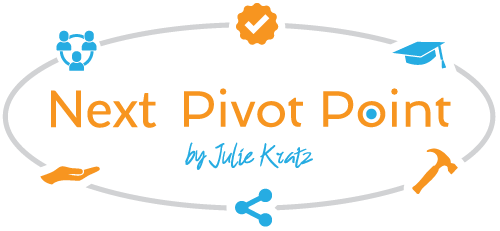We Measure What Matters to Us
In business, we track what we value. If diversity and inclusion are truly priorities, they must be measured. Many organizations struggle with this, often met with silence when asked how they track their program’s progress. However, the business case for diversity is well-established. Research consistently demonstrates the positive impact of diverse and inclusive teams on business outcomes. For example:
- Inclusive teams make better business decisions 87% of the time.
- Diverse leadership teams are more innovative
- Gender and racial diversity lifts profitability rates 39%
Measuring diversity and inclusion isn’t just a good idea; it’s essential for demonstrating commitment and driving progress. Failing to measure it is like failing to measure profits – you’re unlikely to see improvement.
Data-Driven Diversity and Inclusion: Starting Point and Key Metrics
If you’re unsure where to begin, start with the data you already have. Your Human Resources Information System (HRIS) likely contains gender and race/ethnicity data from the hiring process. Gather available data and begin to analyze it. Expand your data collection over time to include other dimensions of diversity, such as disabilities, veteran status, and sexual orientation. Have people self-select into sharing their identity data if it is not available, emphasizing that it is anonymous and why it is important for the organization to capture.
Consider these data points across the employee lifecycle and be sure to break it down by key dimensions of diversity:
- Overall headcount
- Hires
- Turnover
- Promotions
- High-potential designations
- Salary or compensation ratios
- Separations
Beyond these diversity metrics, it is also important to track perceptions of inclusion. Consider tracking activity levels and inclusion data:
- Number of diversity and inclusion events, programs, and/or training events
- Pulse survey data on attitudes and beliefs about inclusion
- Community activities related to diversity and inclusion
- Regularly collect subjective data through surveys to gauge perceptions of inclusion. Example questions include: “How inclusive are our meetings?” “How often does my manager talk about inclusion?” “How committed is our organization to diversity and inclusion?”
Turning Data into Action: Storytelling and Accountability
Data is only the starting point. The real value lies in understanding the “so what?” Once you’ve collected data, facilitate discussions with leadership teams to analyze the story it tells:
- What are the key takeaways?
- Where are the gaps?
- Which dimensions of diversity are improving, stagnant, or worsening?
- How do we compare to industry benchmarks?
- What areas can we realistically improve with current resources?
Organizations serious about diversity and inclusion hold leaders accountable for progress. They consistently track data and expect to see improvements in representation over time. Change doesn’t happen overnight, but consistent effort should yield positive results.
Creating an Inclusion Scorecard: Transparency and Collaboration
An inclusion scorecard (or dashboard) provides a structured way to track and communicate progress. It fosters accountability and transparency. Key considerations for implementing a scorecard include:
- Frequency of measurement: Start with quarterly data collection and adjust as needed.
- Break it down: Data must be broken down by diversity dimensions for it to be meaningful and it will resonate more if leaders can see their team’s data (assuming the team is large enough to remain anonymous). This creates positive peer pressure and healthy competition to improve.
- Communication: Share data transparently with all employees, ideally through senior leadership communications and regular updates in company meetings.
- Stakeholder involvement: Secure buy-in from senior leadership, keep middle management informed, and engage employees in the process.
The most important aspect is what you do with the data. Don’t hide unfavorable data; use it to identify areas for improvement. Use it as a tool to get senior leaders and people with power engaged in involved, and held accountable for improvements. Measurement demonstrates commitment and signals that diversity and inclusion is a priority, especially in a polarizing environment. It shows business impact. Encourage participation and celebrate progress. Your organization will be stronger for it.
Next Pivot Point offers multiple Quantitative Assessment solutions to help you gain data-driven insights to inform your strategy and roadmap. Schedule some time with our team today to discuss next steps.

